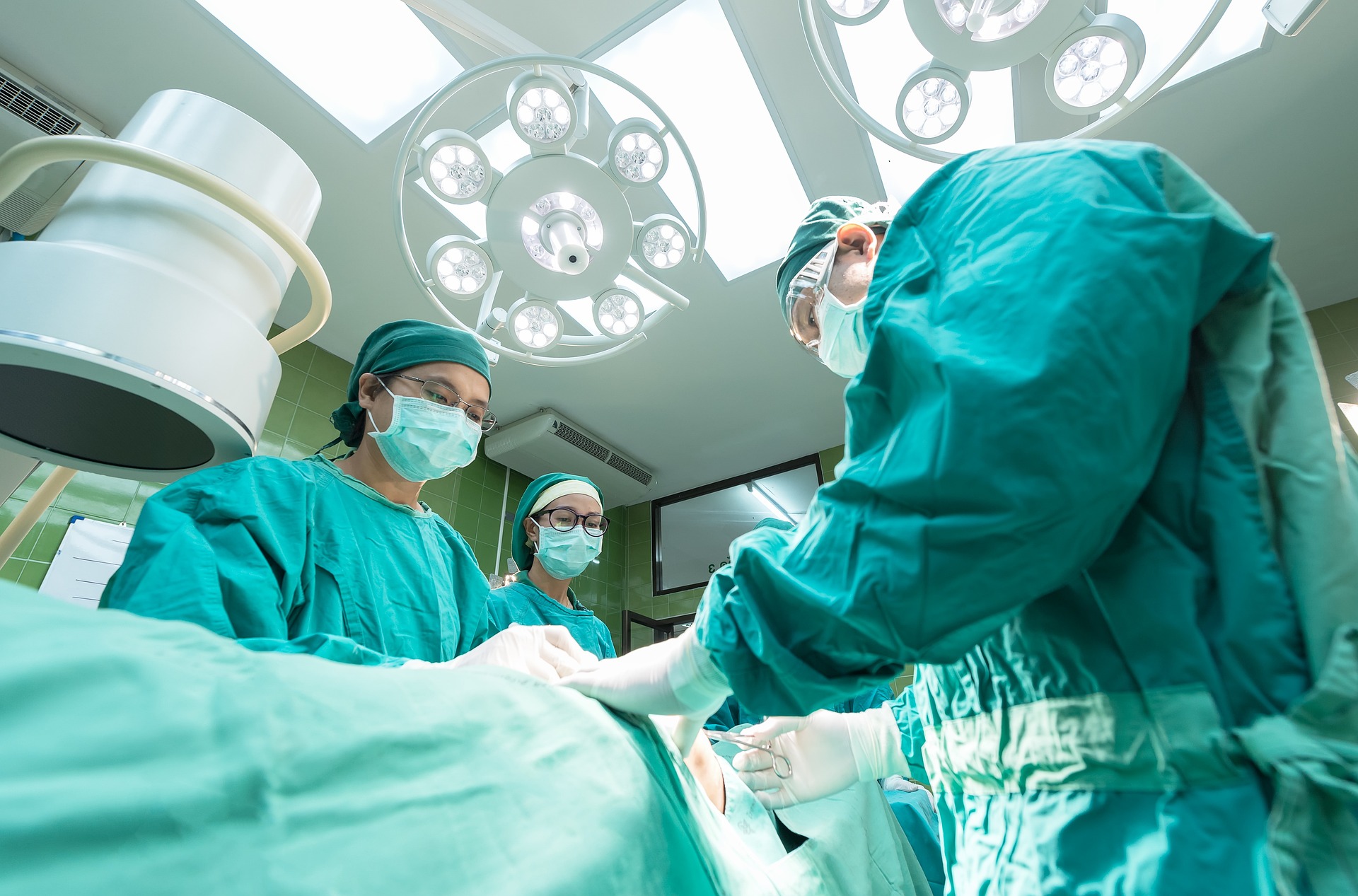Abdominoplasty: Understanding the Surgical Procedure for Stomach Reshaping
Abdominoplasty, commonly known as a "tummy tuck," is a surgical procedure designed to remove excess skin and fat from the abdominal area and tighten the underlying muscles. This operation is popular among individuals who have experienced significant weight loss, pregnancy, or aging, which can result in loose, sagging skin around the midsection. While abdominoplasty can provide dramatic aesthetic improvements, it's essential to understand that it is a major surgical procedure requiring careful consideration and consultation with a qualified medical professional.

How is the abdominoplasty procedure performed?
The abdominoplasty procedure is typically performed under general anesthesia and can take anywhere from two to five hours, depending on the extent of the surgery. A surgeon begins by making a horizontal incision across the lower abdomen, usually from hip to hip. Through this incision, the doctor can access the abdominal muscles, tightening them with sutures if necessary. Excess skin and fat are then removed, and the remaining skin is redraped over the newly contoured abdomen. In some cases, liposuction may be used in conjunction with abdominoplasty to further refine the results. The incision is then closed with sutures, and drains may be placed to prevent fluid accumulation during the initial healing phase.
Who are ideal candidates for abdominoplasty?
Ideal candidates for abdominoplasty are generally individuals in good overall health who have realistic expectations about the surgery’s outcomes. This procedure is particularly beneficial for those who have:
-
Excess or sagging abdominal skin due to significant weight loss or pregnancy
-
A protruding abdomen that is disproportionate to their body type
-
Weakened abdominal muscles that have not responded to exercise
-
Stable weight and are not planning future pregnancies
It’s important to note that abdominoplasty is not a weight loss solution and is most effective for those who are at or near their ideal body weight. Smokers are typically advised to quit several weeks before surgery, as smoking can impair healing and increase the risk of complications.
What are the potential risks and complications of abdominoplasty?
As with any major surgery, abdominoplasty carries certain risks and potential complications. While serious issues are rare when the procedure is performed by a board-certified plastic surgeon, patients should be aware of possible adverse effects, which may include:
-
Infection
-
Bleeding or hematoma
-
Poor wound healing or scarring
-
Numbness or changes in skin sensation
-
Seroma (fluid accumulation)
-
Blood clots
-
Asymmetry or contour irregularities
-
Anesthesia risks
Patients are typically provided with detailed pre- and post-operative instructions to minimize these risks and ensure the best possible outcome.
What does the recovery process entail after abdominoplasty?
Recovery from abdominoplasty is a gradual process that requires patience and adherence to the surgeon’s post-operative instructions. Most patients can expect:
-
Initial discomfort and swelling, managed with pain medication
-
Limited mobility for the first few weeks
-
Wearing a compression garment to support healing tissues
-
Avoiding strenuous activities for 4-6 weeks
-
Gradual return to normal activities over 2-3 months
Full recovery and final results may not be apparent for several months as swelling subsides and tissues settle. Scars will continue to fade and improve over time, though they will never completely disappear.
How much does abdominoplasty typically cost?
The cost of abdominoplasty can vary widely depending on factors such as geographic location, surgeon experience, and the complexity of the procedure. In the United States, the average cost of abdominoplasty ranges from $6,000 to $12,000. This estimate typically includes surgeon’s fees, anesthesia, facility costs, and post-operative care. However, additional expenses such as medical tests, prescription medications, and compression garments may not be included in the initial quote.
| Provider Type | Estimated Cost Range | Potential Additional Costs |
|---|---|---|
| Private Practice Surgeon | $6,000 - $12,000 | Anesthesia, facility fees, post-op care |
| Hospital-Based Surgeon | $8,000 - $15,000 | Pre-op tests, medications, compression garments |
| Plastic Surgery Center | $7,000 - $14,000 | Follow-up appointments, revisions if needed |
Prices, rates, or cost estimates mentioned in this article are based on the latest available information but may change over time. Independent research is advised before making financial decisions.
Abdominoplasty is a transformative surgical procedure that can significantly improve the appearance of the abdominal area. While it offers substantial benefits for suitable candidates, it’s crucial to approach the decision with a thorough understanding of the process, potential risks, and expected outcomes. Consulting with a board-certified plastic surgeon is essential to determine if abdominoplasty is the right choice for individual circumstances and to ensure the safest possible surgical experience.
This article is for informational purposes only and should not be considered medical advice. Please consult a qualified healthcare professional for personalized guidance and treatment.






